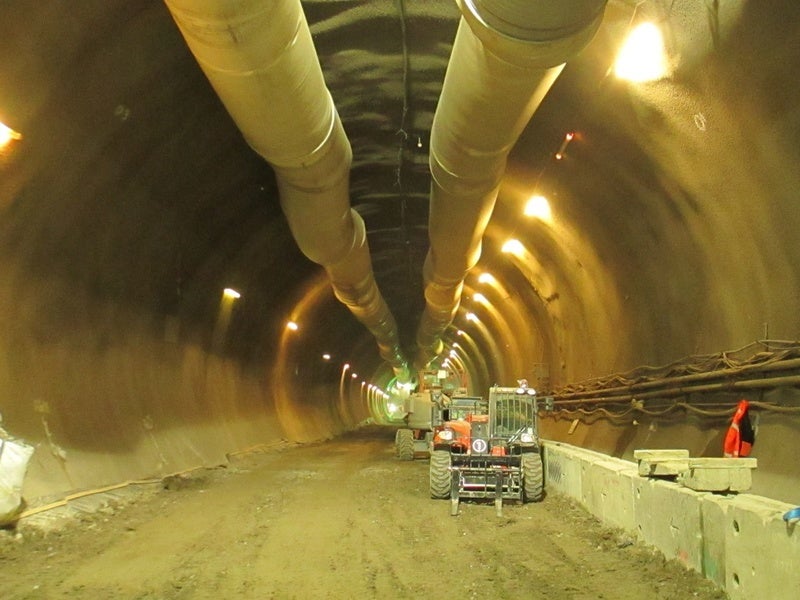
Transport for London (TfL), the Greater London Authority (GLA) and the Mayor of London have agreed to a revised financing package to complete final stages of the Crossrail project.
In August, a review indicated that the cost of the delay of the project could be between £1.6bn to £2bn.

Discover B2B Marketing That Performs
Combine business intelligence and editorial excellence to reach engaged professionals across 36 leading media platforms.
The project is estimated to secure up to £1.7bn in financing, with £300m having already been awarded by the DfT and TfL in July.
GLA will borrow up to £1.3bn from the DfT to support the remaining works. It will also contribute £100m in cash.
As the final costs of the Crossrail project are yet to determined, TfL and the government have agreed to make a contingency arrangement to get a loan of up to £750m from the Department for Transport (DfT).
Accordingly, the £350m interim financing package for Crossrail announced by the government in October will no longer be needed.

US Tariffs are shifting - will you react or anticipate?
Don’t let policy changes catch you off guard. Stay proactive with real-time data and expert analysis.
By GlobalDataIn August, Crossrail announced that the Elizabeth line will start operating through central London from next year.
The new Crossrail chief executive Mark Wild, however, said that Autumn 2019 opening date can no longer be committed to at this stage.
The project is said to involve more works than earlier anticipated, which includes extensive testing to ensure complete operational safety.
London’s transport commissioner Mike Brown said: “Crossrail Ltd’s announcement of the delay to the Elizabeth line is extremely disappointing and only now is the scale of what is yet to be completed becoming clear.
“The confirmation of this funding agreement will now allow Crossrail Ltd and its new leadership to focus on finishing the remaining construction work on the stations and tunnels and then completing the vital safety testing in order to open the railway for passengers as quickly as possible.”
After it opens, the Elizabeth line will increase central London’s rail capacity by nearly 10%. It is estimated to carry around half a million passengers daily.





